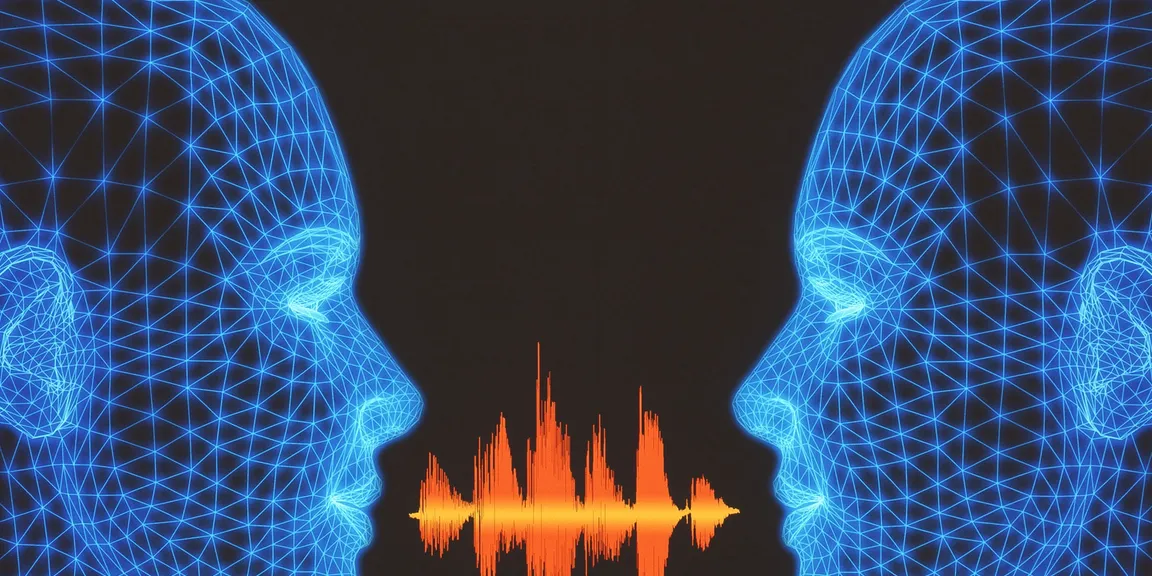

The future of voice bots at workplace
Modern organizations are increasingly deploying voice bots to streamline various workplace processes. Chances are that if you dial your bank’s helpline, you may be prompted by a pleasing formal sounding voice to input your request. That voice may be a chatbot’s, designed to handhold you in reaching your desired result in the most efficient manner. The basic solution has been around for a while but thanks to advancement in AI technology, over the years it has rapidly improved in terms of the quality of interaction and the customer outcomes.
There are several variations of conversational bots around us. Even our phones have chatbots in the form of Siri and Google Assistant. Amazon Alexa is another example of a verbal or voice based chatbot found commonly in households today. These bots fuel the Internet of Things (IoT) ecosystem and help users to naturally engage with all the smart devices at home.
The use of voice bots at workplace
Bots utilise Artificial Intelligence (AI) technology such as Natural Language Processing (NLP) in order to understand and interact naturally with humans. They can do more than mere interaction though. Bots can be immensely helpful at workplaces in getting specific tasks done such as scheduling meetings, searching for flights or hotels, combing through resumes and data sets etc. Additionally, there are many more evolved use-cases of voice bots streamlining work processes. Some of them are given below –
1. Manage and assist distributed teams
In today’s global organizations, bots can help managing the distributed teams by helping them fluently collaborate or watch their status, interaction and activity. The proactive monitoring can help on-the-go members handle events rapidly via standardized actions managed by the bots.
2. Act as system intermediaries
Different organizations have unique systems working for them. Some use Slack, others may use classic email etc. A bot can act as an intermediary between distinct systems. They can provide a unified service for all these systems via API calls pushing information and clearing requests between disparate systems.
3. Manage employee helpdesk
Voice bots can help create virtual IT helpdesks for employees by sifting through IT requests and guiding users verbally on how to handle tasks such changing a password, without any human intervention. Security management can be offloaded to bots as well. They can identify actual users from malicious ones. Bots can learn through experience and help the genuine users to access information and systems while keeping threats at bay.
4. Improve employee satisfaction
For human resources, one of the key areas of achievement is employee satisfaction. According to a Glassdoor survey, employee satisfaction directly improves business performance. In order to create an engaged workforce, conversational chatbots can aid in creating a stress-free experience throughout the employee lifecycle. These conversational bots can improve the experience of a job seeker as well. With a bot, a candidate visiting a company website, or a job portal would not have to search by filtering jobs by location or role on a drop-down list. Bots can collect candidate information through a verbal interaction with the candidate and give relevant results.
5. Customer support
A customer facing function like customer support can use voice bots to keep the customers happy by fixing their issues without having to talk to different people. Today, customers have to wait for extended periods of time on customer support lines. Voice bots can reduce it to zero by being instantly available without relying on human agent. Not only is it a cost saving initiative, it also provides a faster solution to customers’ simple issues by sorting them out without putting customers on hold.
The future workplace enabled by AI based voice bots
It is expected that by the year 2020, 50% of searches will be voice based. If that is where customers are heading, companies need to be on that platform as well.
AI can create a paradigm shift in workplace functioning enabling by voice bots. The old UI-based legacy apps will be replaced by voice bots. There will be no need for different apps for different tasks. The communication and action will become streamlined saving organizational time and other resources.
There will be no need for employees writing emails to HR to enquire about policies and benefits. There will be a bot to answer the queries. The same will happen with many other processes where voice bots will cut down on the time and effort taken for performing mundane tasks.
Voice is a more natural way of functioning for humans than texting etc. This shift will provide a natural and seamless flow to work processes giving more mobility to employees. They will be able to access information and communicate in an integrated manner.
Voice bots along with other AI based tools, provide an opportunity to drive digital transformation across all areas of workplace such as customer support, sales and marketing, human resources, IT, supply chain etc. If done well, it can create a unified and flexible workplace where employees thrive due to improved productivity and engagement.



